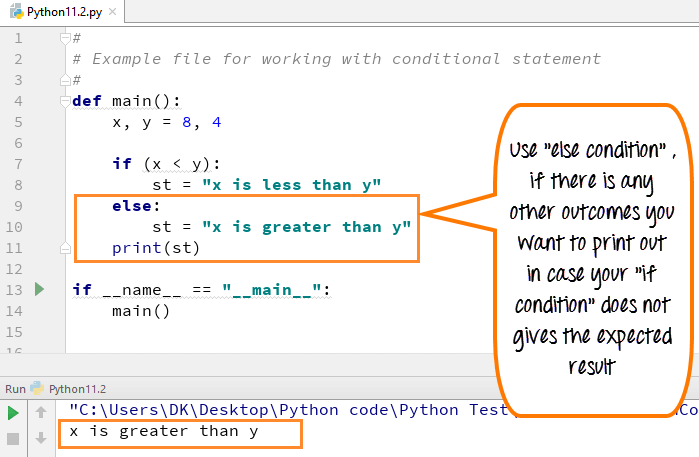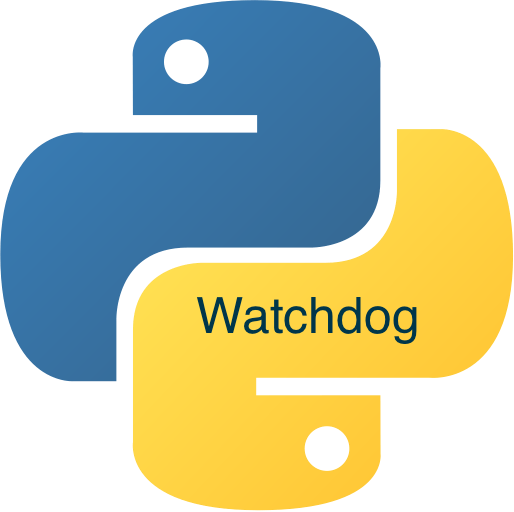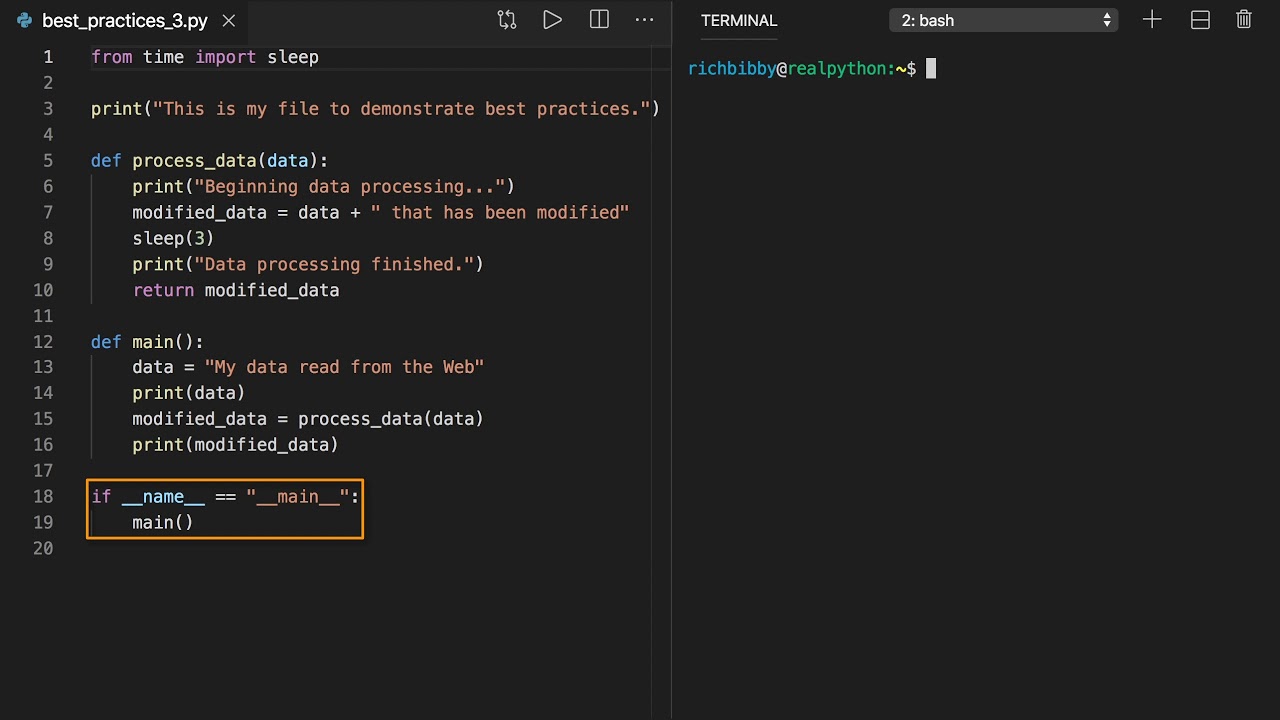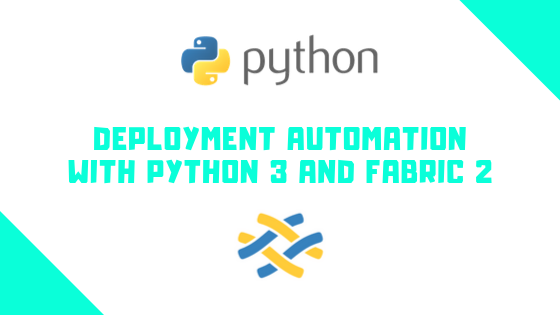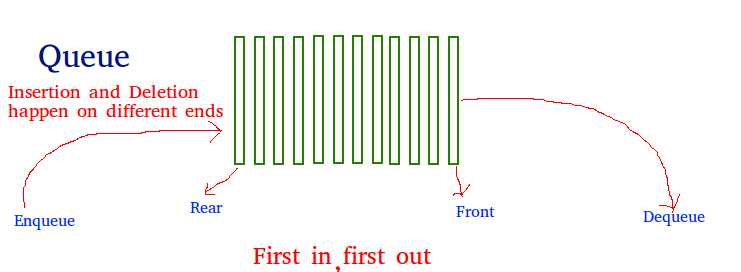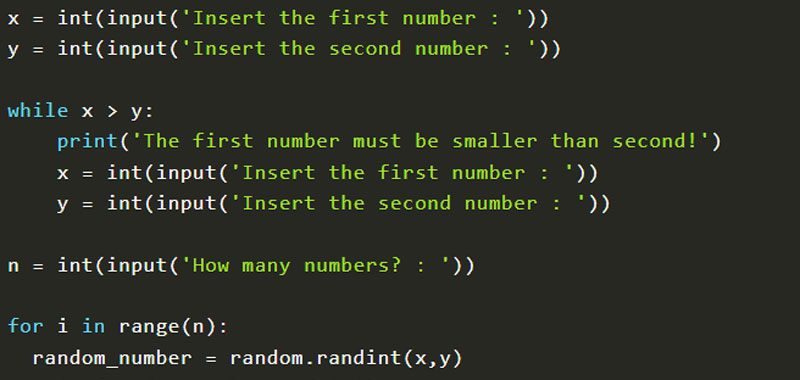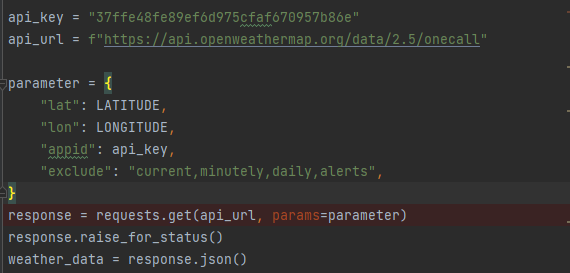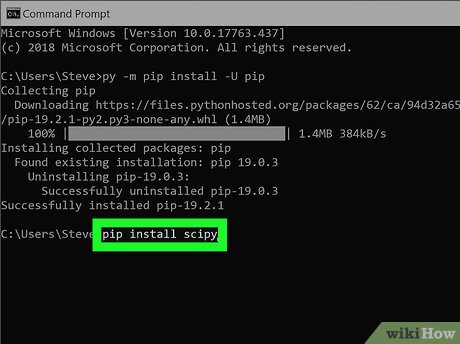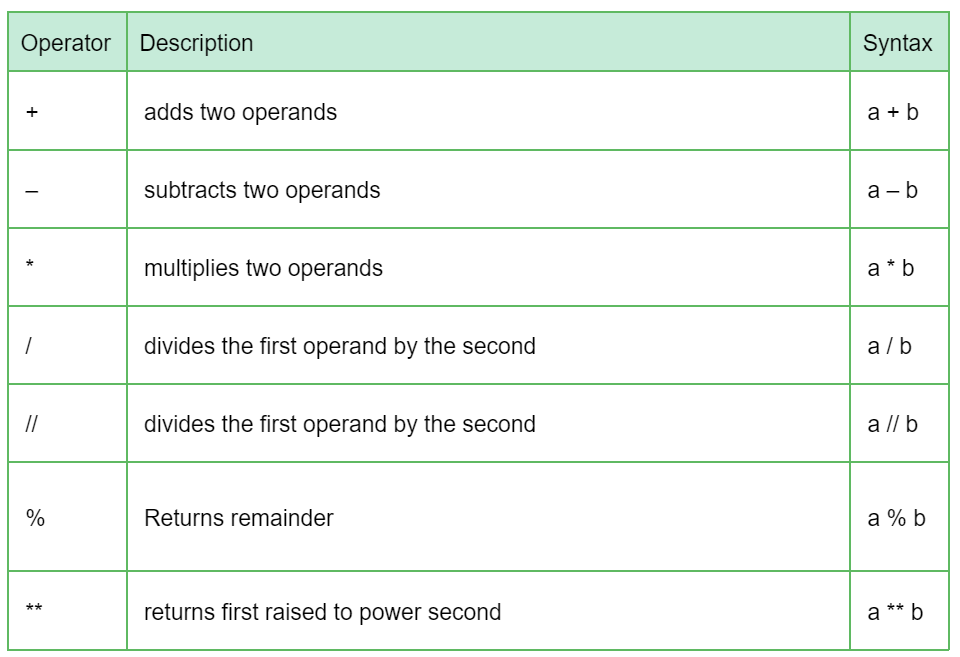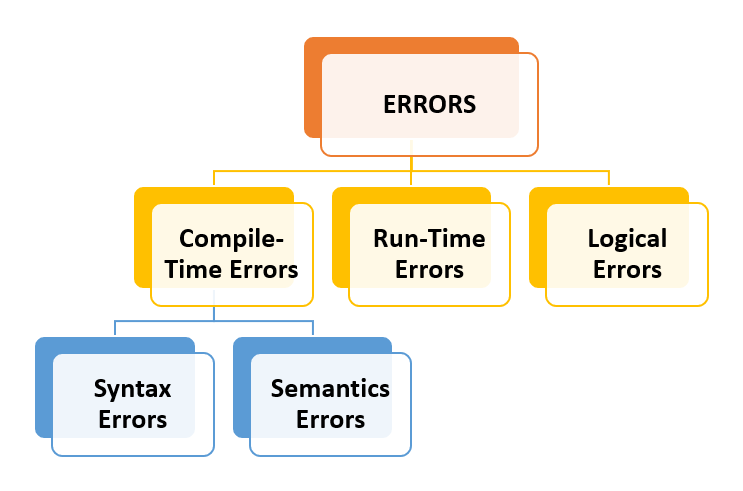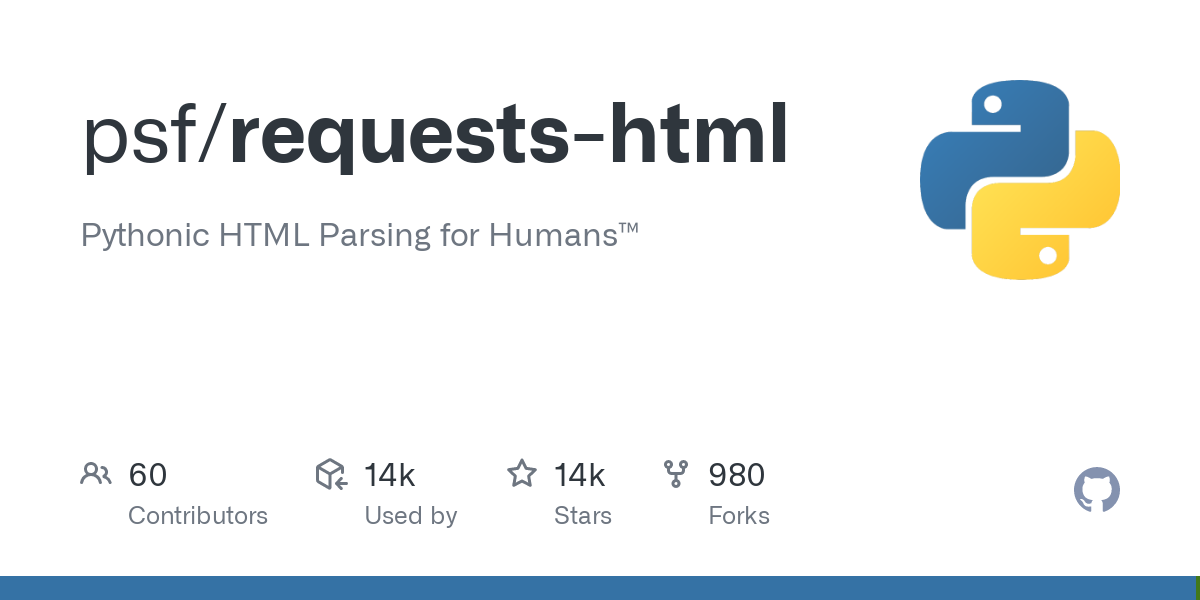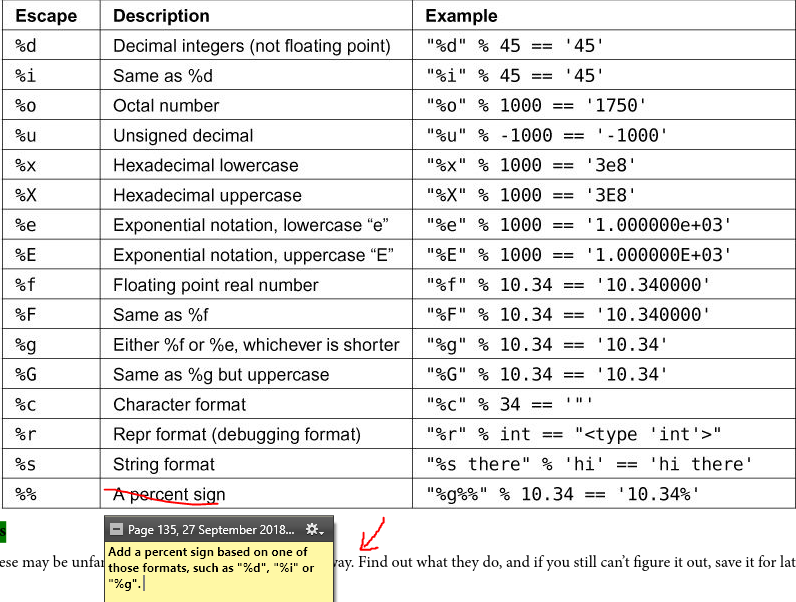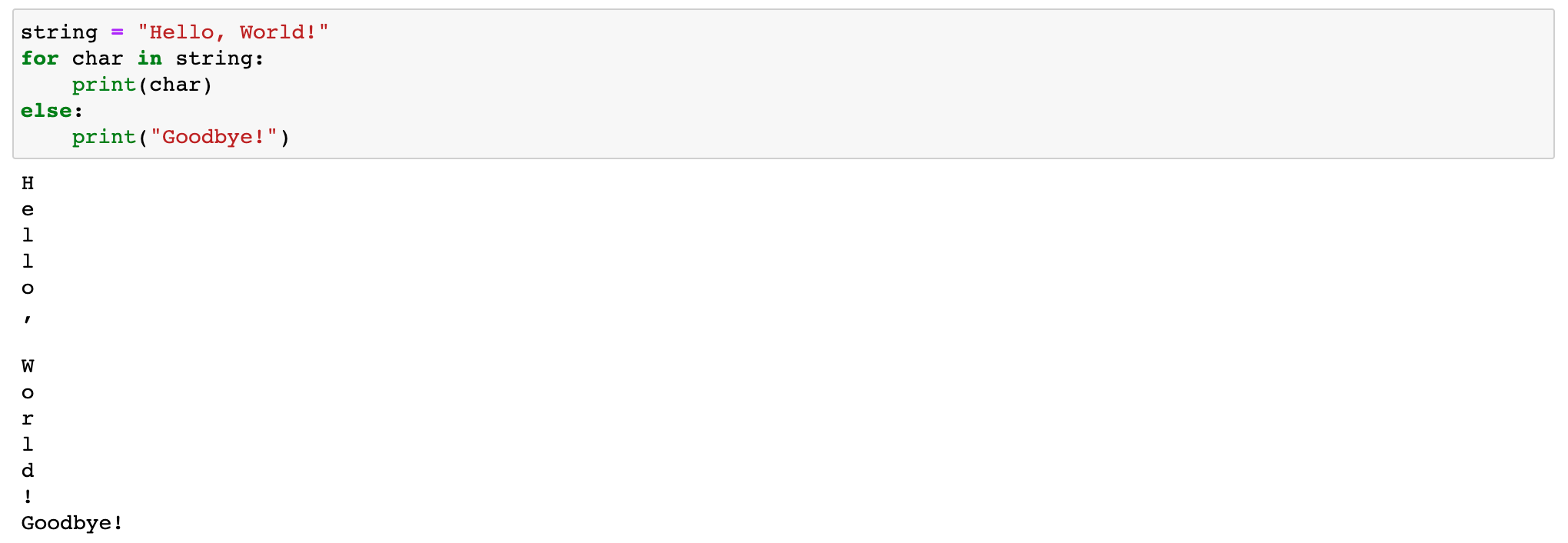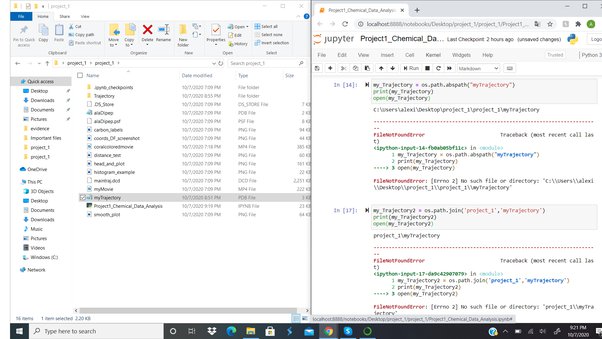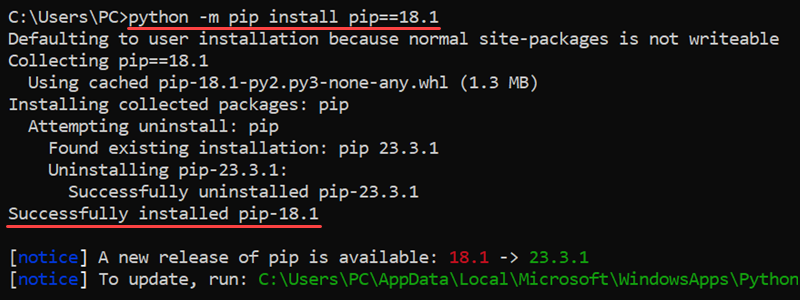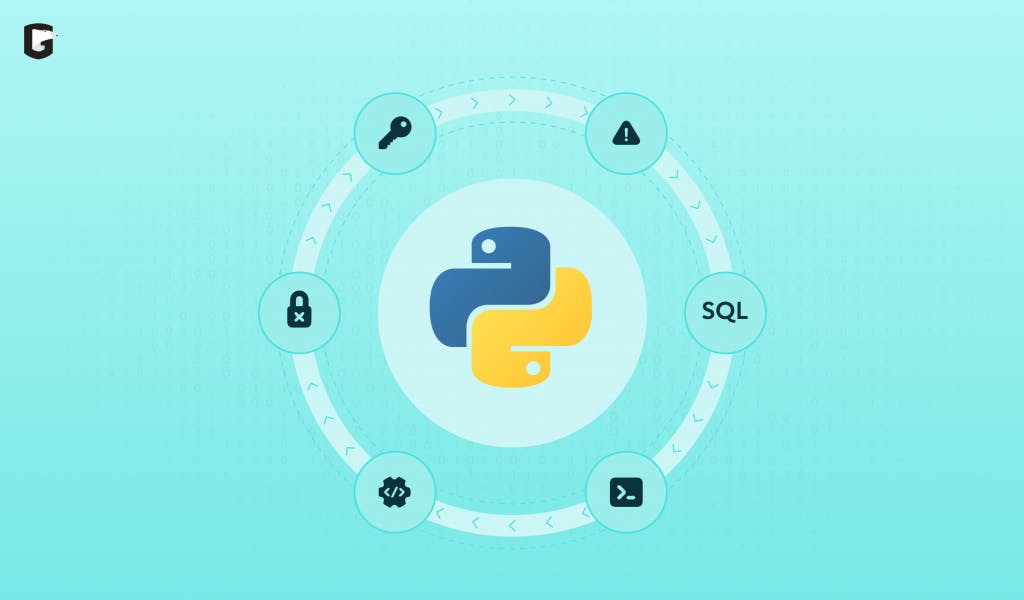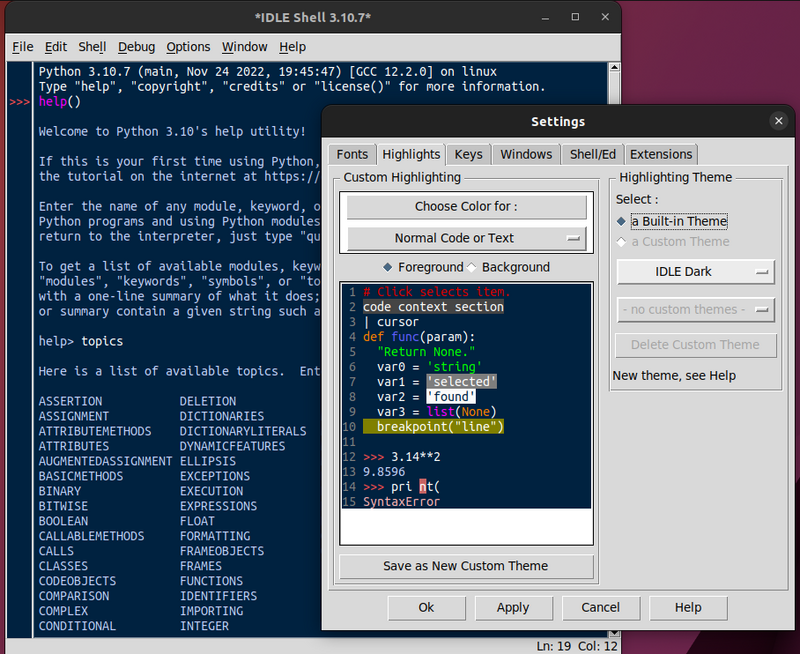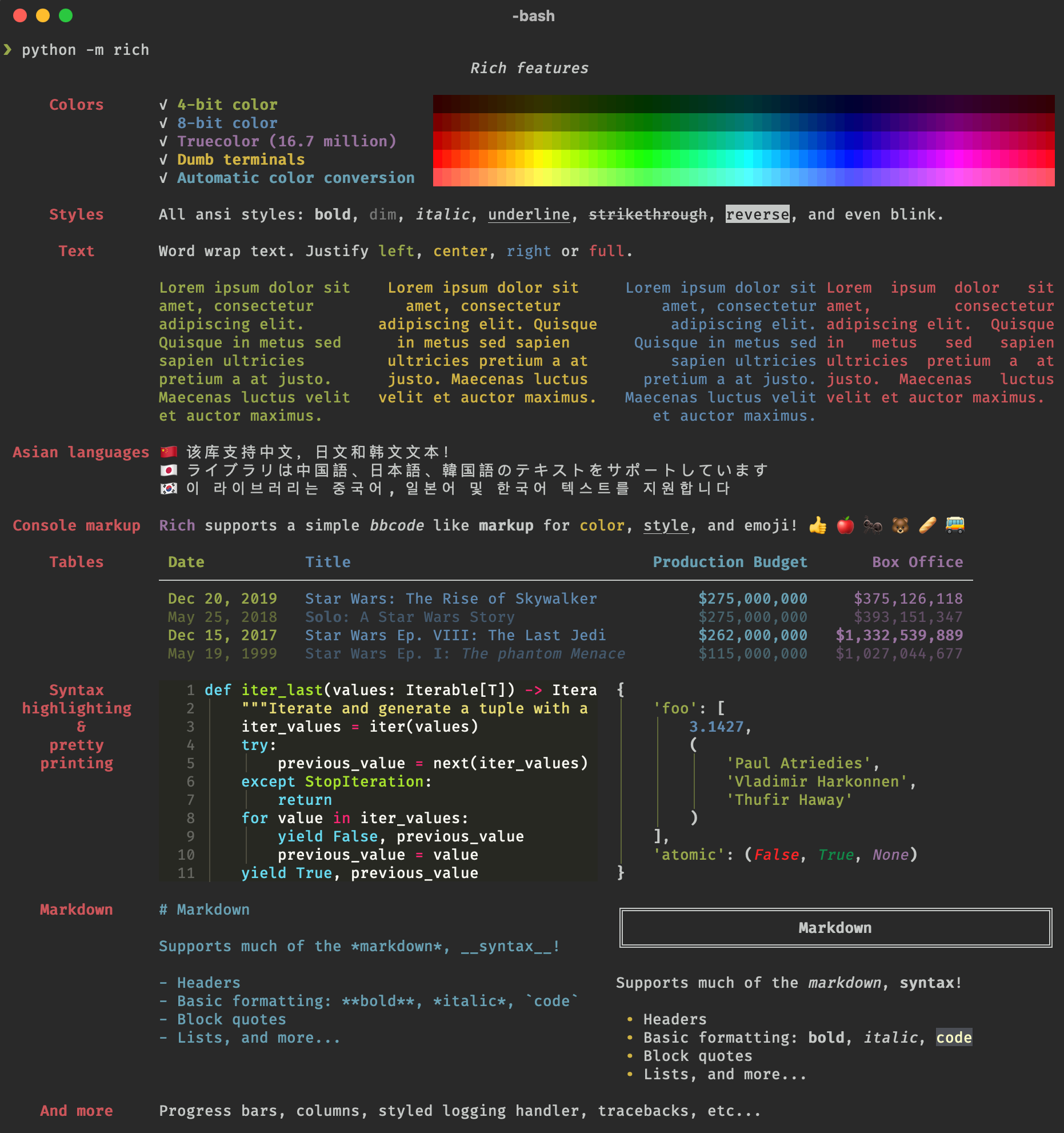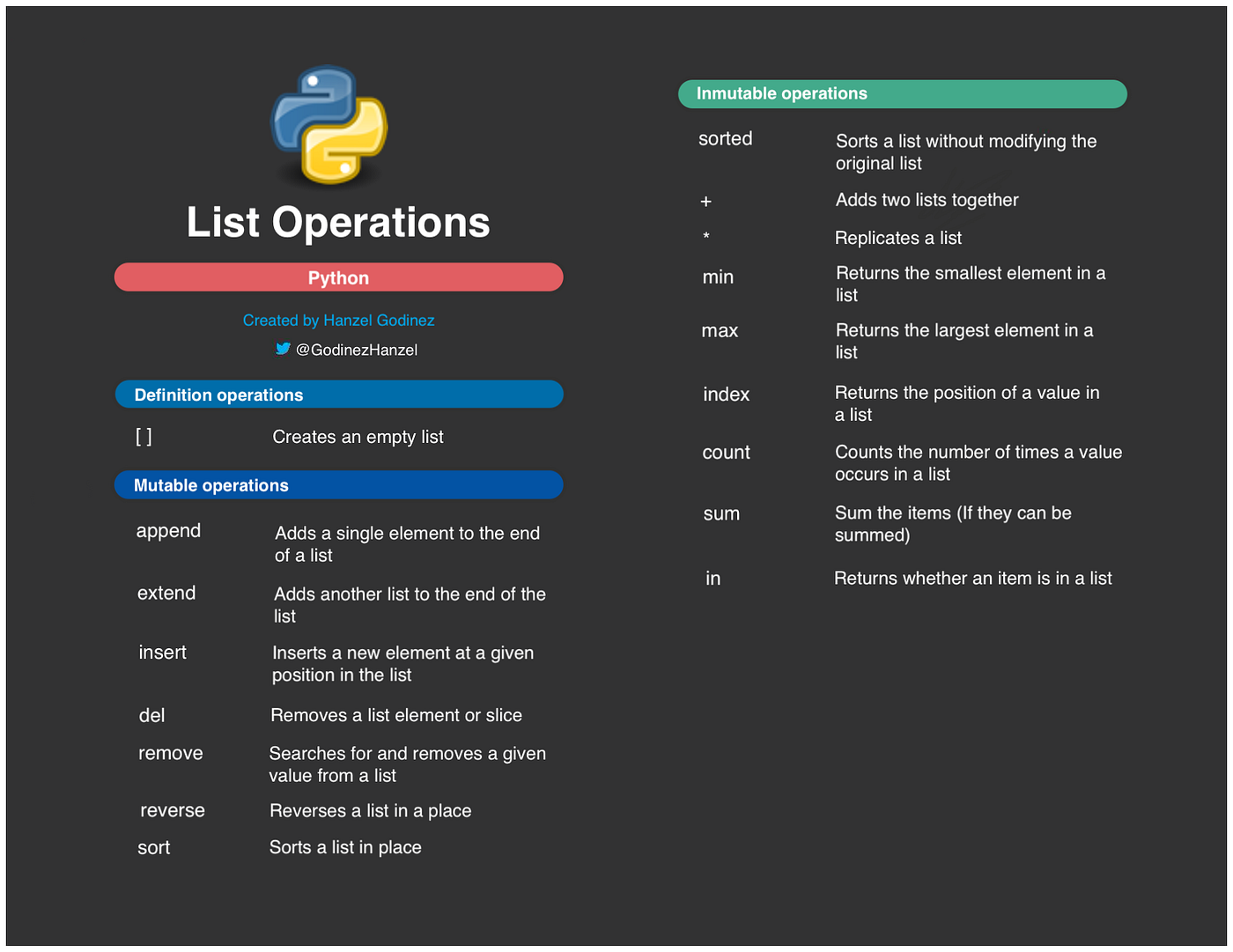What is spaCy used for in Python?
What is spaCy used for in Python?

I'll respond in English as per your request.
SpaCy (pronounced "spacy") is a modern, industrial-strength natural language processing library primarily designed for Python programming. It provides high-performance, streamlined processing of text data, focusing on advanced NLP tasks such as information extraction, entity recognition, and language modeling. SpaCy leverages the power of deep learning to achieve state-of-the-art performance in various areas.
The primary use cases for SpaCy include:
Information Extraction: SpaCy excels at extracting relevant information from unstructured text data, such as names, locations, organizations, and dates. This capability is particularly useful in applications like data mining, news aggregation, and intelligence gathering. Named Entity Recognition (NER): SpaCy's NER module can identify and classify named entities within a given text, including people, places, organizations, and more. This feature finds application in information retrieval, sentiment analysis, and topic modeling.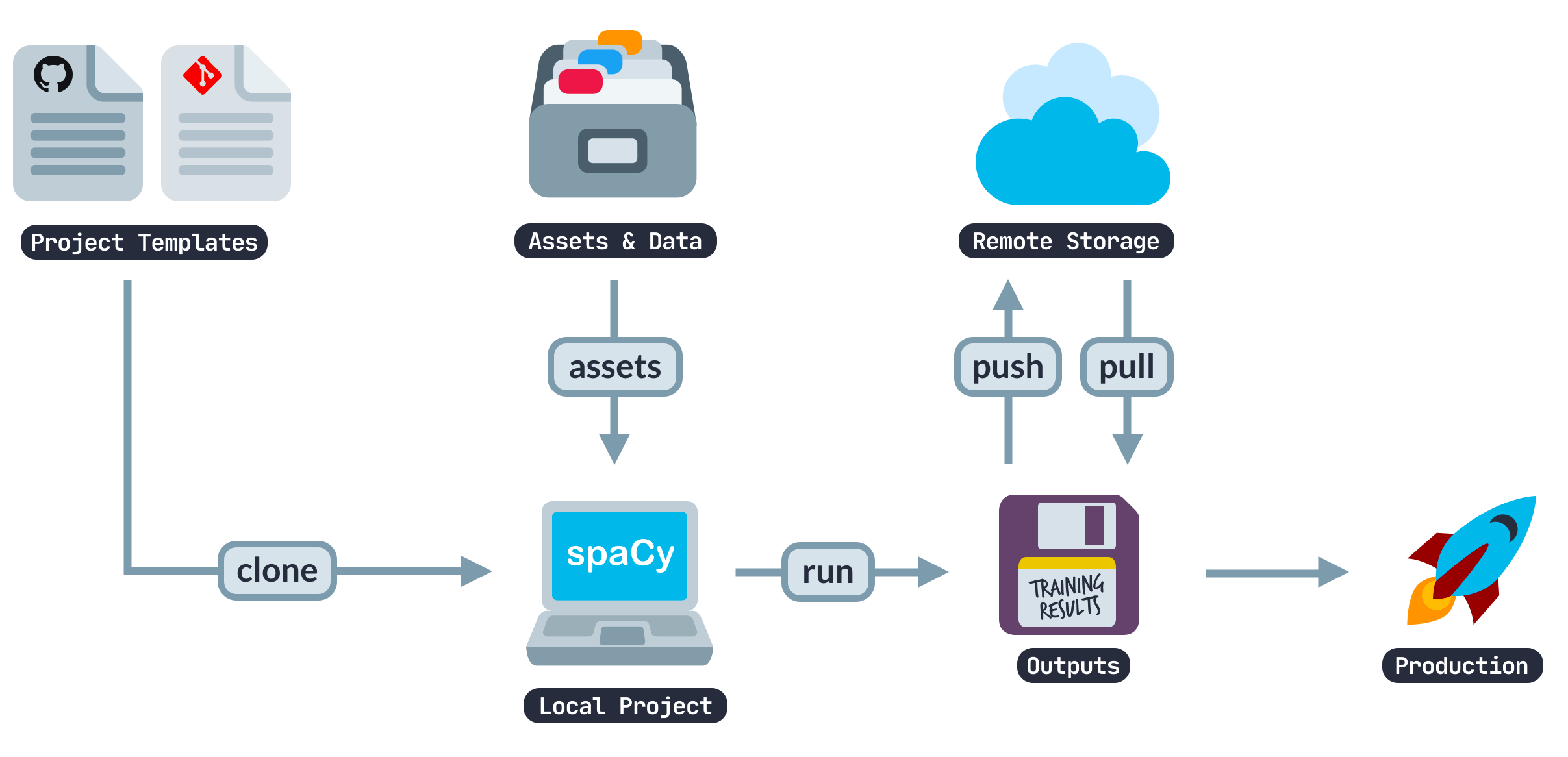
SpaCy is particularly well-suited for tasks requiring speed, accuracy, and scalability, making it an excellent choice for:
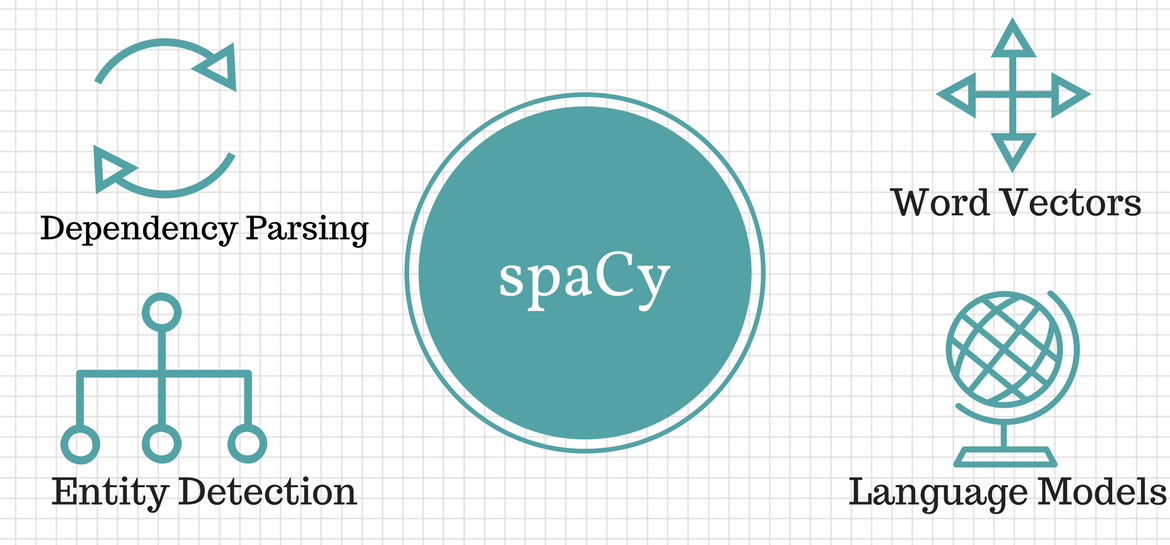
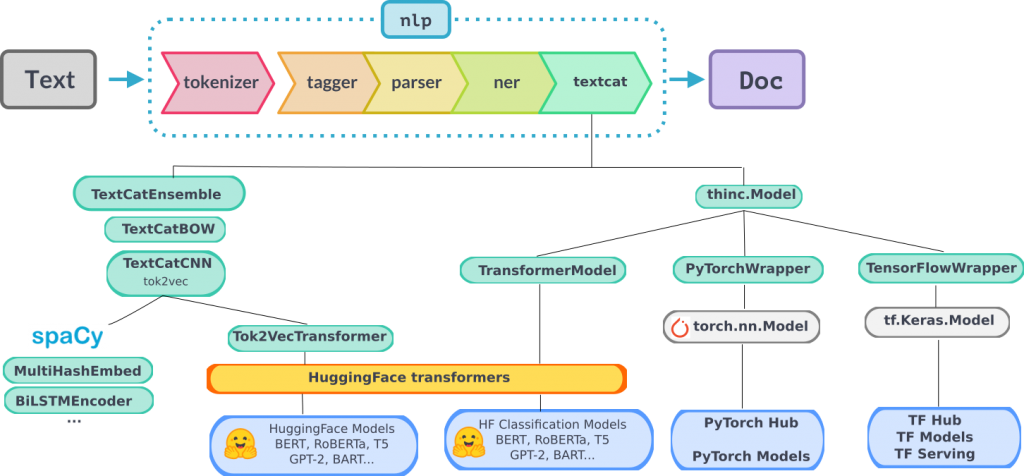
In summary, SpaCy is an incredibly powerful Python library that excels at processing natural language text data. Its robust feature set, including information extraction, NER, language modeling, text classification, and topic modeling, makes it an excellent choice for various applications requiring high-performance, accuracy, and scalability.
How to install spaCy in Python?
I'll make sure to respond in English and provide a detailed explanation.
Installing spaCy is a straightforward process that can be done using pip, the Python package manager. Here's a step-by-step guide on how to install spaCy:
Step 1: Install pip (if you haven't already)
If you're new to Python or have just installed Python, it's possible that you don't have pip installed. You can check if pip is installed by running the command pip --version in your terminal or command prompt. If pip is not installed, you can download and install it from the official Python website.
Step 2: Install spaCy using pip
Once you have pip installed, you can install spaCy using the following command:
pip install spacy
This will download and install spaCy along with its dependencies. The installation process may take a few seconds to complete, depending on your internet connection.
Step 3: Install the required languages (if needed)
SpaCy comes pre-trained for several languages out of the box. If you want to use spaCy for a specific language that's not included in the default package, you'll need to install it separately. For example, if you want to use spaCy for French:
pip install spacy-fr
Repeat this process for each language you're interested in using with spaCy.
Step 4: Verify the installation
Once the installation is complete, you can verify that spaCy has been installed correctly by opening a Python interpreter and importing spaCy:
import spacy
print(spacy.version)
If everything went smoothly, you should see the version number of spaCy printed out.
Additional Tips:
Make sure you have the latest version of pip installed before attempting to install spaCy. You can check for updates usingpip install --upgrade pip. If you encounter any issues during installation, try running the command with administrator privileges. After installing spaCy, make sure to install the required languages (if needed) and verify the installation as described above.
That's it! With these steps, you should be able to successfully install spaCy in Python. Happy natural language processing!

